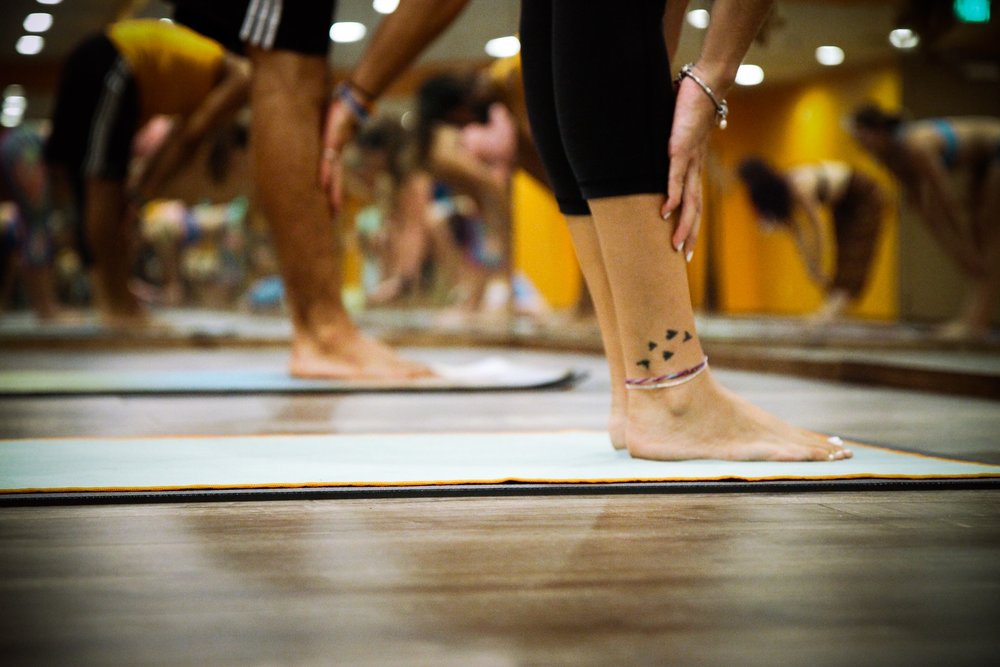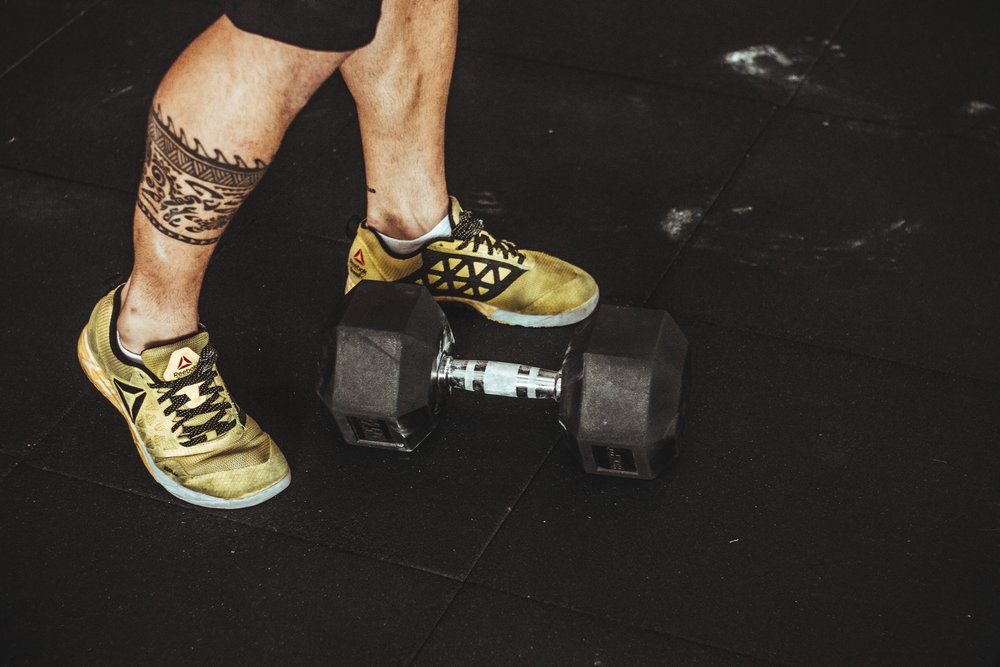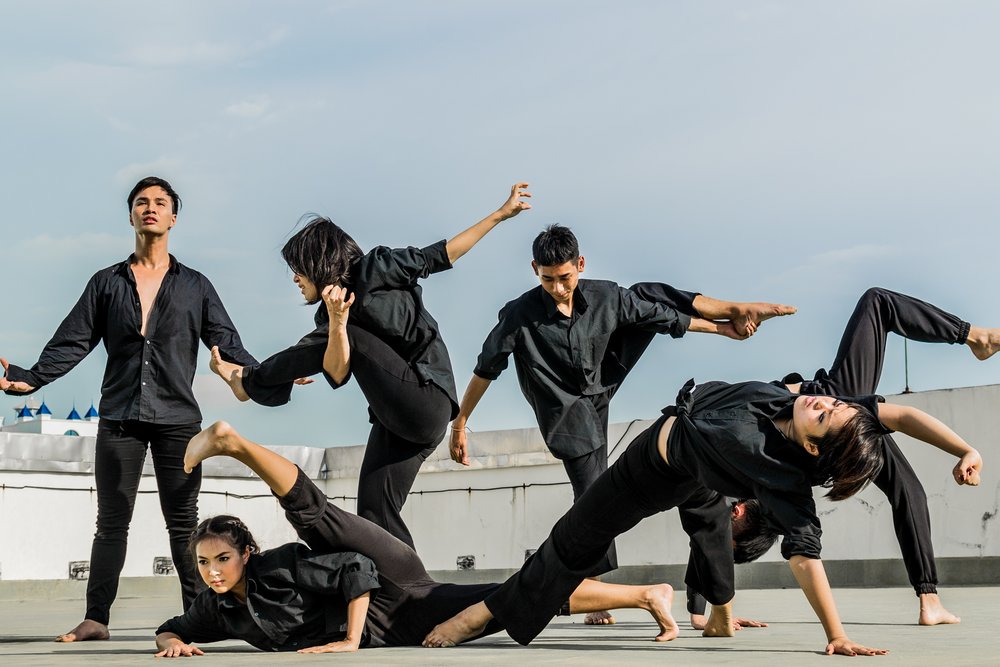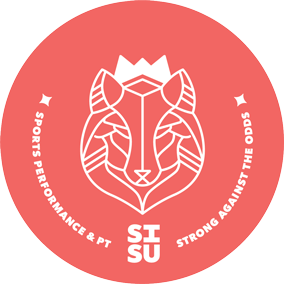(*Note: This condition is now known as ‘plantar fasciopathy.’*)
1. CAUTION ON AGGRESSIVE STRETCHING AND MASSAGE

Out with the old and in with the new! Plantar foot pain is hard enough as it is, we don’t need to be torturing ourselves anymore than necessary. As it turns out, aggressive stretching and rubbing/massaging the foot, CAN be incredibly irritating to the sensitive tissue and science is a bit leery on it’s efficacy (1,2). Liken this a bit to stretching or massaging the skin around a large cut. It doesn’t feel great and also probably doesn’t foster healing. So, hold the phone on the deep tissue foot massage and aggressive stretches.
My recommendation:
-
Gentle and kind are key for stretching and massage with this injury. Keep it nice and light for now, no tools, no aggressive thumbs, no more tennis balls (yep, I said, no more!!), just a good feeling rub-a-dub. A little TLC (tender-loving-care) goes a long way for this injury. Be nice to yourself and make it a point to be nice to your feet when they’re in pain.
2. FIGURE OUT HOW TO USE YOUR TOES

Our toes, and as a result, our plantar fascia, benefit from being dexterous. Being able to control the toes means you have great control of the musculature in the feet, which ultimately help to support your plantar fascia and arch.
My recommendation:
-
The big toe lift – work to flex the big toe up all by its lonesome (don’t let those sneaky little toes prevail here!)! Hold for 5 seconds and repeat 10 times
-
Now the little toes – try flexing JUST the little toes, keeping the big toe down as you do. Hold for 5 seconds and repeat 10 times
3. LOAD IT

High load strength training has proven its power recently, after a study published in the Scandanavian Journal of Medicine & Science of Sports, demonstrating improved outcomes with high load strength training and inserts vs stretching and inserts (1,2). This is lovely discovery, because it means that rest, is not the best option and an active approach to care is key. And I mean seriously, how many of us actually do calf raises during our strengthening programs at the gym? Anyone…..anyone?? I thought so. If you do, I liken you to a diamond in the rough. One of the best ways to rehab this annoying and downright irritating injury, is through high load strength training. This means, applying the principles of strength and conditioning, to foster the strength of our fascial tissues in the foot.
My recommendation:
-
Week 1: Double leg heel raise isometrics (holding): 10s holds, 15 repetitions 4x/week
-
Week 2: Single leg heel raise isometrics (holding): 5s holds, 12 repetitions, 4x/week
-
Week 3: Single leg heel raises: 3s up, 2s holding, 3s down, 12 repetitions, 3 sets, 4x/week
-
Week 4-6: Toes extended single leg heel raises: 3s up, 2s holding, 3s down, 12 repetitions, 3 sets, 4x/week
-
Week 6-8: Toes extended single leg heel raises with additional weight: 3s up, 2s holding, 3s down, 12 repetitions, 3 sets, 4x/week
4. AVOID INSERTS, INJECTIONS, NEEDLES & SURGERY
Disclaimer: This is my bias. I don’t like any of the above intervention options…almost ever.

I want to do whatever I can to help a person avoid some of these interventions, because they are invasive and often unnecessary. While shoe inserts are relatively benign, my hope is to foster a person’s recovery that provides them with a sense of autonomy over their situation. This means, no tricks or gimmicks. Just their body and their incredible ability to adapt.
My Recommendation:
-
Patience and guided rehabilitation from a physiotherapist (ie. physical therapist).
5. KEEP MOVING

As it turns out, irritated fascial tissue, like the plantar fascia, benefits from movement when it’s been irritated. We used to think that resting and taking it easy were the best options to treating fasciopathy or tendinopathy, but we have since learned that ongoing movement is essential. The trick for most people, is regulating the type and amount of movement. As the demand on our bodies goes up, so do the tensile properties of our tissues. Typically, I will recommend that folks attempt to utilize the “Goldilocks Principle” when thinking about their movements or activity: not too hot, not too cold, but just right.
My recommendations:
-
Walking 30 min daily
“Remember:
YOU are strong, robust, capable, adaptable and resilient” — Dr. Ellie Somers, PT
Cheers,
Dr. Ellie Somers, PT
“Physio on a mission”
References:
-
Rathleff MS, Mølgaard CM, Fredberg U, et al. High-load strength training improves outcome in patients with plantar fasciitis: a randomized controlled trial with 12-month follow-up. Scand J Med Sci Spor 2014
-
Rathleff MS, Thorborg K. ‘Load me up, Scotty:’ mechanotherapy for plantar fasciopathy (formerly known as plantar fasciitis). Br J Sports Med: 2015
Have any questions about how you can manage your pain? Feel free to send me an email or schedule an appointment today!






